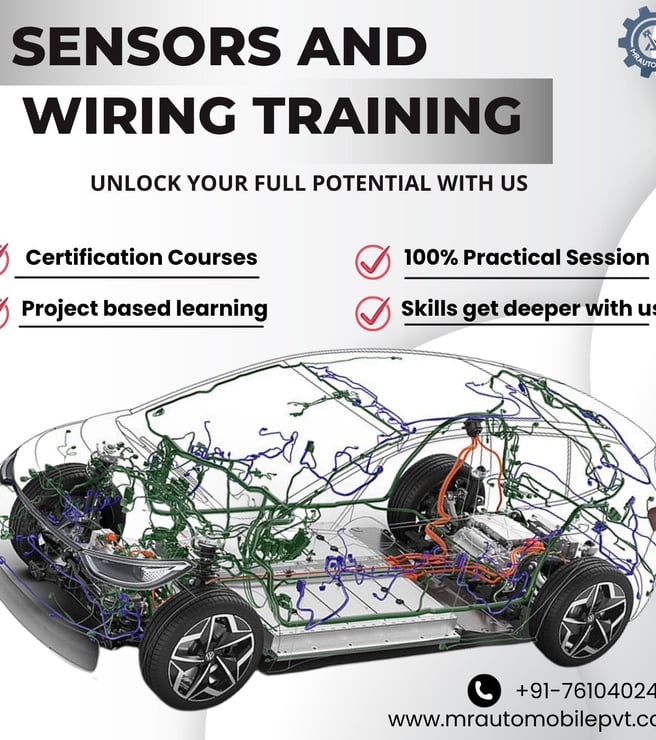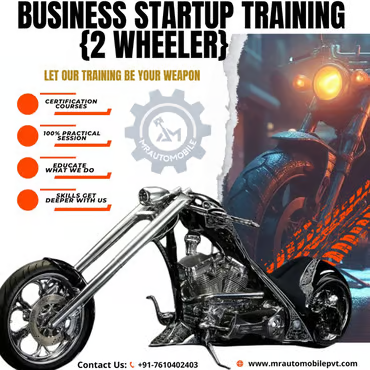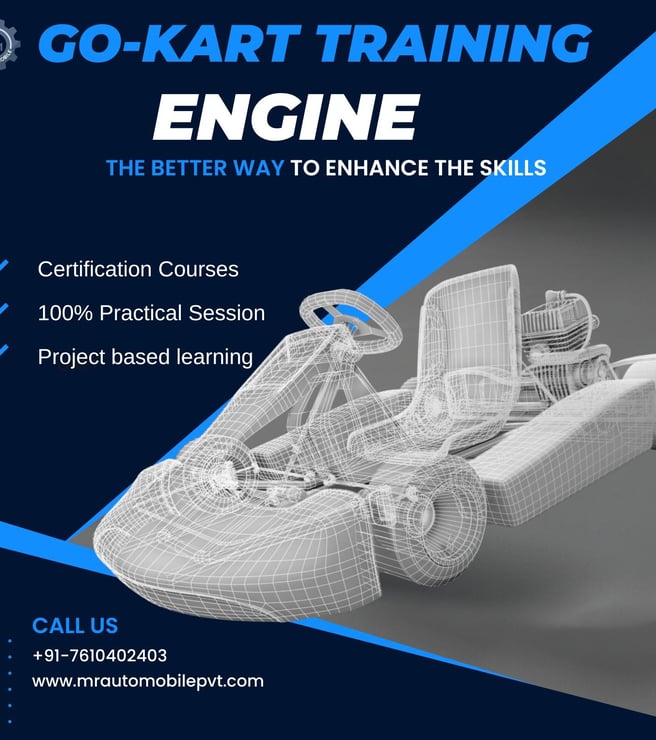Sensor and wiring training is an essential part of any technician’s education. With the rise of automated systems in various industries, it is crucial to understand how sensors and wiring work together to keep these systems running smoothly.
During training, technicians learn about different types of sensors, such as proximity sensors, photoelectric sensors, and ultrasonic sensors. They also learn how to read wiring diagrams and schematics, allowing them to diagnose and repair any issues that arise.
In addition to technical knowledge, sensor and wiring training also emphasizes the importance of safety. Technicians learn how to handle electrical components safely and how to follow proper procedures to prevent accidents.
Overall, sensor and wiring training provides technicians with the skills and knowledge needed to maintain and repair automated systems, ensuring that they operate efficiently and safely.
30 DAYS COURSE
SENSOR:-
The sensor training process involves several steps that are crucial to ensure accurate and reliable data collection. Here are some of the key points to consider when training sensors:
- Identify the type of sensor: Different sensors have varying specifications and requirements for data collection. It is important to understand the type of sensor being used and how it should be calibrated.
- Prepare the environment: The environment in which sensors are placed can impact their accuracy. Ensure that the environment is free of any interference that may affect the sensor’s readings.
- Calibrate the sensor: Calibration is the process of adjusting the sensor’s settings to ensure accurate data collection. This involves setting a baseline value and comparing it to the sensor’s readings.
- Test the sensor: Once the sensor is calibrated, it is important to test it to ensure that it is collecting data accurately. This can be done by comparing the sensor’s readings to a known value or by testing it in different scenarios.
- Monitor the sensor: After training the sensor, it is important to monitor it regularly to ensure that it is still collecting accurate data. This can involve periodic recalibration or testing.
By following these steps, you can ensure that your sensors are collecting accurate and reliable data, which is essential for making informed decisions based on that data.
WIRING :-
Here are the steps involved in the automobile wiring training process:
- Introduction to Basic Concepts: The first step in the training process is to introduce the trainee to the basic concepts of automobile wiring, including the different types of wires, connectors, and harnesses used in automotive applications.
- Understanding Electrical Circuits: Once the basic concepts are understood, the trainee will learn about electrical circuits, including how to read and interpret wiring diagrams and schematics.
- Hands-On Training: The trainee will then have the opportunity to get hands-on experience with real-world wiring scenarios. This may include working on actual vehicles or practicing with training aids designed to simulate real-world scenarios.
- Troubleshooting and Repair: As the trainee gains experience, they will learn how to troubleshoot and repair common wiring problems, including shorts, open circuits, and faulty connectors.
- Advanced Topics: Finally, the training process may include advanced topics such as wiring for hybrid and electric vehicles, as well as advanced diagnostics and repair techniques.
Overall, the automobile wiring training process is designed to provide trainees with a thorough understanding of the concepts and skills necessary to work with automotive wiring in a safe and effective manner.
HIGHLIGHTS OF THE TRAINING
- Get All Internships/Training in our well-equipped Training Centers.
- Student’s batch Size is not more than 5 people, so students can work with their hands.
- 100 % Practical Sessions (No Classrooms available in our Training Centers).
- Get ISO 9001: 2015 Certified Certification and MSME Registered.
- After taking training you can start your own Automobile Business and can join any Automobile Sector.




